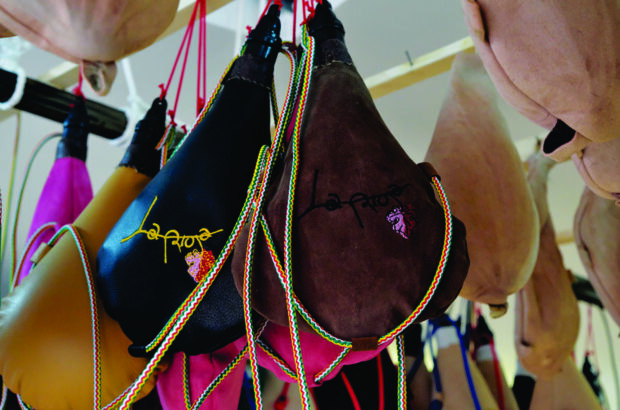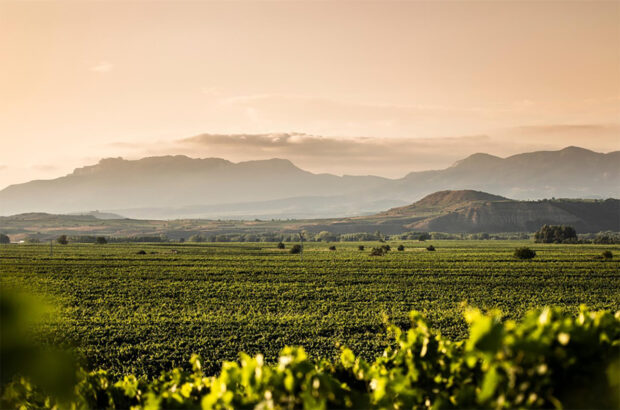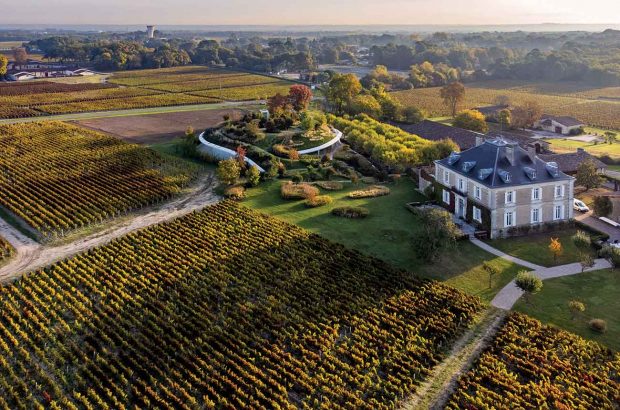Imagination, working life has taught me, is an undervalued professional quality. Perhaps, you might counter, we are better off without imaginative accountants, air-traffic controllers or brain surgeons.
Operationally speaking, you’re right, of course; but improvements to any system can only come by imagining and then trialling alternatives, and no system is ever perfect – or perfected.
In an endeavour, meanwhile, where you’re appealing directly to the curiosity, the emotions and the aspirations of the consumer, imagination is of paramount importance. It’s the electrical charge which fires engagement.
Wine is such a field. It’s a strange, mysterious substance which comes from a distant place and is made by magicians in stained t-shirts. It smells good and tastes great. It relaxes you, and brings you closer to your friends and family, as well as to faraway places on earth.
The imaginative charge which should attach to such a product is almost limitless – and as high-voltage as you like, or dare. Stories should cling to wine like mussels to rope. Fantasy, humour and high spirits should be wine’s constant companions.
Yet wine crawls off to market in a pedestrian, dull manner; the grander the wine, the duller its self-presentation tends to be. What could be more tight-laced than a Bordeaux classed growth? Who doesn’t wish the Verband Deutscher Prädikats- und Qualitätsweingüter eV (VDP), the Comité Interprofessionnel du Vin de Champagne and the INAO would lighten up a little?
Those of us who communicate about wine have to shoulder some of the responsibility for this. We take our cues too readily and too reverentially from those we write about; we get so tangled up in wine’s complexities that we forget to communicate the joy, the fun and the intrigue which matter more than the complexities themselves. Wine’s traditions and institutions cast over-long shadows. It’s hard to find the sunlight of imaginative originality there.
Exceptions? You won’t like this, readers, but. . . 19 Crimes may be an exception.
Perhaps there are readers who, by dint of buying all their wine from The Wine Society, Berry Bros & Rudd and Corney & Barrow, are entirely unaware of this Australian (and now Californian) brand from Treasury Wine Estates, but most will have seen it and some tried it.
The Red Blend, for example, has lashings of American oak and generous residual sugar, so if (like me) you were brought up on European dry classics, you’re probably not going to like it – but that’s irrelevant here.
A few instructive minutes looking at the customer comments for the wine on the Tesco or Amazon website will confirm (as we already knew) that taste in wine is hugely diverse. Many people do like it.
The success of the wine, though, has been built above all on telling stories. 19 Crimes appeals to the imagination, and the range extensions, the printing of corks with the names of individuals, and the use of augmented-reality labels help reinforce that narrative draw. The stories are told with humour and warmth, though their origins are often tragic.
Never mind that these stories have nothing to do with modern Australia – or with wine itself; the stories will draw people in. They don’t forbid, exclude or bore.
If you hate the 19 Crimes stories, the wines and the brand (as many Australian wine producers and commentators must), just take the lesson: imagination has to come first, not last. Take the lesson to Bordeaux, take it to Burgundy, take it to Napa, take it everywhere.
Wine is not wine alone; wine is part of life. Invite life into wine – with imagination, with humour, with fun. Take it off the rails; turn it inside out, write all over it; reclaim it for yourself. There are no limits, and nothing is sacrosanct.
Imagination illuminates and humanises wine; it stops it from becoming a ghetto for geeks. If we want the wine world to become more diverse, that’s the way.
In my glass this month:
The best sub-€10 wine I’ve found this year – as well as the best all-round white-wine food match – was Maison Ventenac’s Cassandre, Vin de France 2020: brilliantly vinified Vermentino grown in Cabardès, Languedoc. Sappy, vinous, saline; tropical fruit and a curl of lemon peel; tension – and a smile to finish. Throw in an aftertaste of green almond, and if you’re worried about alcohol (which I’m not), it’s only 12%. Brilliant work from youngsters Stéphanie and Olivier Ramé.













